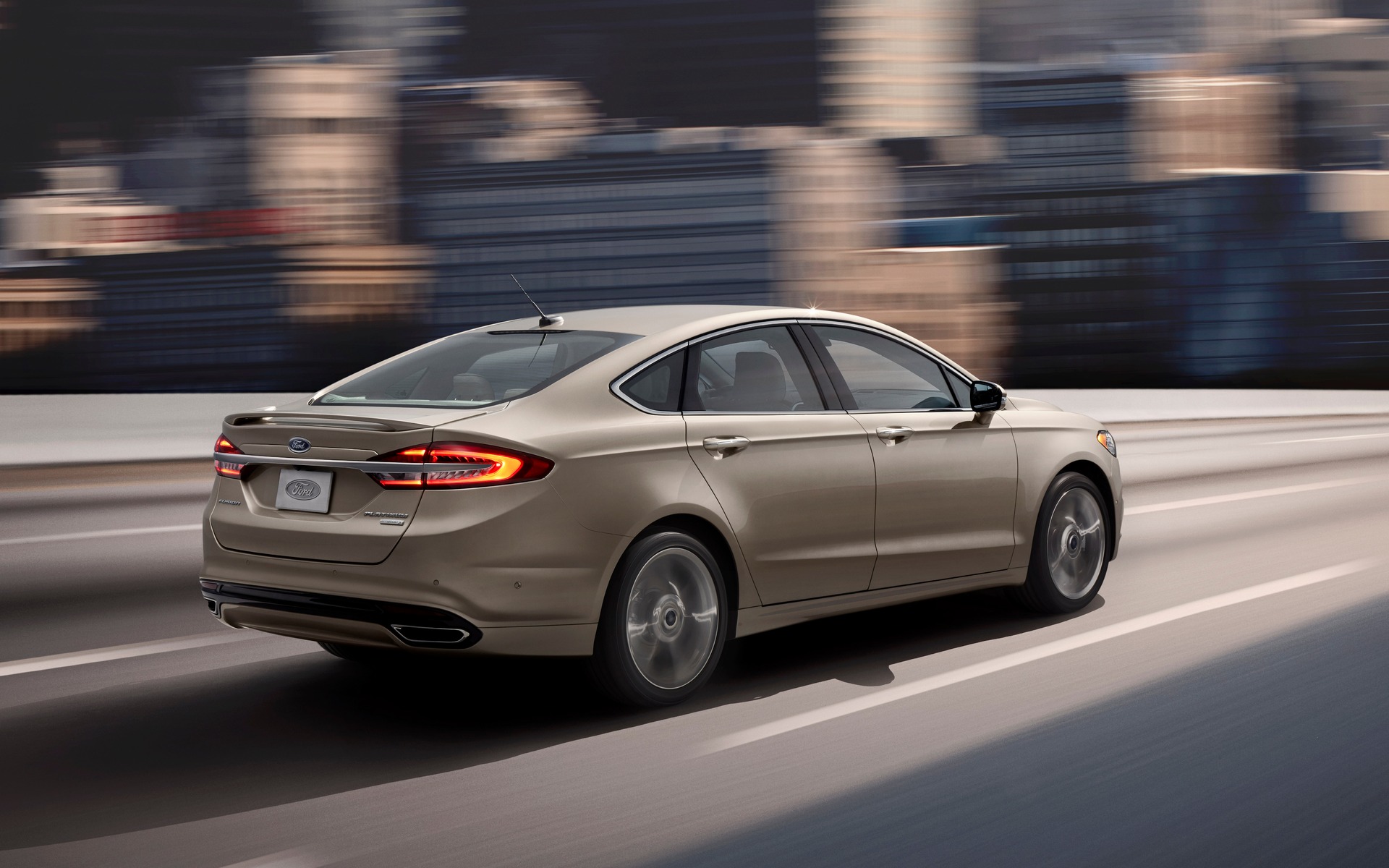Urban Cruise Control
According to statistics, every day, big city dwellers waste a minimum of one hour at the wheel because of slow traffic or traffic jams. In addition to lost time, the stress of stop-and-go driving is to blame for increased fatigue and numerous fender benders.
In an effort to combat this situation, several models will soon be equipped with cruise control configured to maximize efficiency in urban traffic. Stops and starts will be programmed according to the flow of traffic. As it is on the highway, the driver selects a speed depending on the conditions and an appropriate distance from the preceding vehicle.
Then, it simply adds the stop-start program that immobilizes the car when the vehicle in front stops and re-launches it when the preceding vehicle begins to move again. All this happens automatically and without any intervention from the driver, who can concentrate on driving the vehicle itself.
It’s not exactly revolutionary: this system is derived in part from several others, in particular the stop-start system that cuts the engine when the car is stopped and the brake is engaged. The new 2017 Ford Fusion will be equipped with this device when it hits the Canadian market this spring. Moreover, the manufacturer is promising to use it in three other new models in the near future.
This represents one more step toward partial autonomous driving, and potentially totally autonomous driving, depending on progress in the areas of technology, local and provincial legislation and, of course, the overall sophistication of vehicles released in the coming years.







